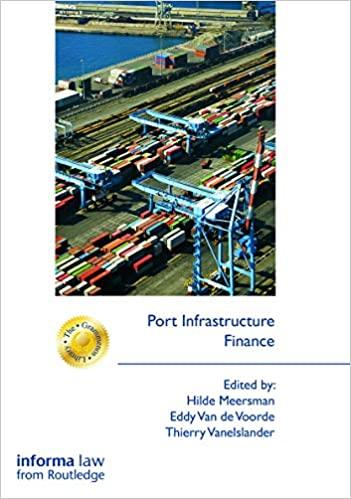Answered step by step
Verified Expert Solution
Question
1 Approved Answer
The discounted payback period tells you how long it will take for an investment or project to break even, or pay back the Could the
The discounted payback period tells you how long it will take for an investment or project to break even, or pay back the Could the problem below use a financial calculator? initial investment from its discounted cash flows. Discounted cash flows are not actual cash flows, but cash flows that have been converted into today's dollar value to reflect the time value of money (which means that money received in the future is worth less than money received today because money received today can be invested to earn returns). You can decide to accept investments that have a discounted payback period within your required time frame of breaking even. Instructions Discount the Annual Cash Flows Determine a project's initial required investment, annual cash flows and discount rate, which is the rate you could earn on a similar investment. For the following example use -$1,000 as the initial investment, which is negative because it's a cash outflow, and $600 and $800 as the first and second year's cash flows, respectively. Use a 10 percent discount rate. Divide the first year's cash flow by (1 + i)^n to discount the cash flow. In the formula, "i" represents the discount rate, and "n" represents the year the cash flow is received. In the example, divide $600 by (1 + 0.10)^1, which simplifies as $600 divided by 1.10^1. This results in $600 divided by 1.10, which equals $545.45. This is the first year's discounted cash flow. (See References 2, I. Discounting a Simple Cash Flow) Discount the second year's cash flow using the same formula as the first year's cash flow, but adjusting "n" to the second year. In the example, divide $800 by (1 + 0.10)^2, which simplifies as $800 divided by 1.10^2. This results in $800 divided by 1.21, which equals $661.16. This is the second year's discounted cash flow. Continue as needed for subsequent years, if any... Calculate Discounted Payback Period Add the first year's discounted cash flow to the initial investment. In the example, add $545.45 to -$1,000. This equals -$454.55, which is the cumulative, or total, cash flow after year 1. The amount is negative because the project has yet to recover its initial investment. (See References 3, A variant: Discounted payback) Add the second year's discounted cash flow to the cumulative cash flow after year 1. In the example, add $661.16 to -$454.55, which equals $206.61. This is the cumulative cash flow after year 2. Because the result is positive, the initial investment is paid back during the second year. If the result is still negative, continue with subsequent years until you reach a positive result. Determine how much of the final year is required to pay back the initial investment. Do this by dividing the cumulative cash flow after the next-to-last year by the final year's discounted cash flow, and making your answer positive. In the example, divide -$454.55 by $661.16, which equals -0.69, and use positive 0.69 for the result. Add the whole number of years required to pay back the initial investment to the portion of the final year required to pay back the initial investment, to determine the discounted payback period. In the example, add 1 to 0.69, which equals 1.69 years. This is the discounted payback period of the investment
Step by Step Solution
There are 3 Steps involved in it
Step: 1

Get Instant Access to Expert-Tailored Solutions
See step-by-step solutions with expert insights and AI powered tools for academic success
Step: 2

Step: 3

Ace Your Homework with AI
Get the answers you need in no time with our AI-driven, step-by-step assistance
Get Started


